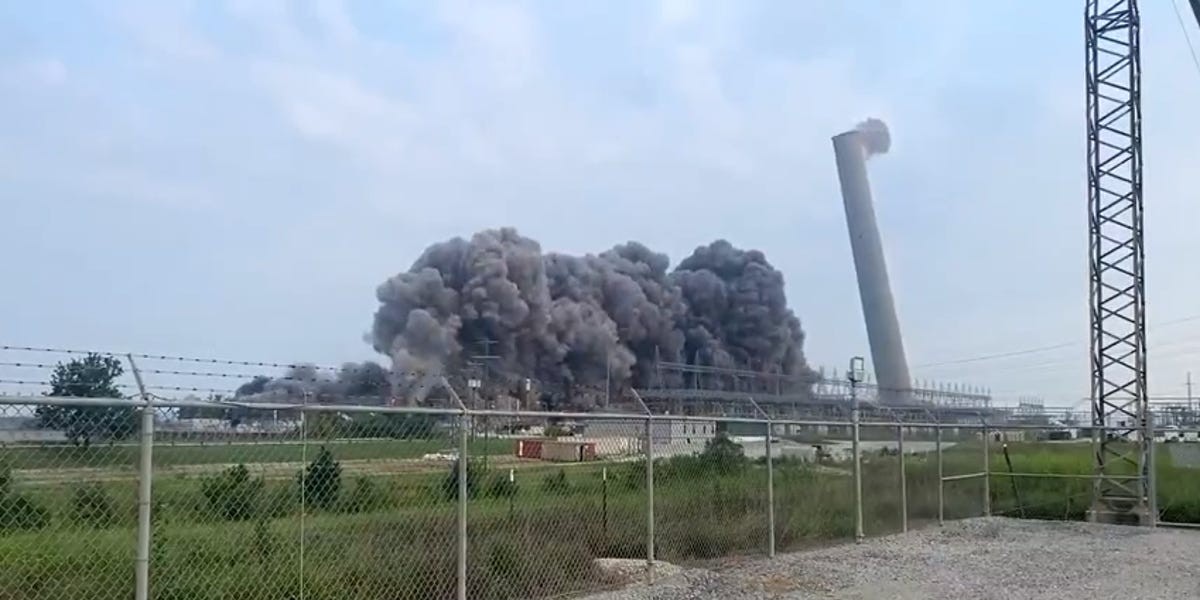
Nearly a quarter of the 200,568 megawatts (MW) of coal-fired capacity currently operating in the US has reported plans to retire by the end of 2029, the US Energy Information Administration (EIA) reported today.
UnderstandSolar is a free service that links you to top-rated solar installers in your region for personalized solar estimates. Tesla now offers price matching, so it’s important to shop for the best quotes. Click here to learn more and get your quotes. — *ad.
The EIA reports that 23% of coal is being retired due to “continued competition from natural gas and renewable resources” and higher operating costs associated with older, less efficient coal-fired generators. The EIA writes:
In addition, some coal-fired power plants must comply with [EPA] regulations limiting the discharge of wastewater by 2028, which would require additional capital investment, likely influencing the decision to retire some of these coal-fired units.
An average of 9,450 MW of US coal-fired capacity was retired annually between 2012 and 2021. In 2022, US coal retirements are projected to total 11,778 MW.
From next year, the largest amount of capacity retirement the EIA expects over the next seven years is 9,842 MW in 2028.
Michigan, Texas, Indiana, and Tennessee have the most coal-fired capacity announced to retire through 2029, accounting for a combined 42%.
Crucially, there are no plans reported to build new US coal-fired capacity in the future. And globally, as London-based environmental think tank Ember pointed out on Friday:
It is likely that more countries will add their name to the “No New Coal” pledge during COP27, in part because China’s financing is no longer available.
Data released today by the Federal Energy Regulatory Commission reflects that 107 units of “high-probability” additions by natural gas by September 2025 are anticipated, totaling 17,062 MW of capacity. However, there will also be “retirements” of 130 units totaling 17,489 MW.
If that happens, then installed natural gas capacity would decline, and that could be an indication that natural gas generating capacity has now peaked, according to the SUN DAY Campaign’s executive director, Ken Bossong, who reviewed FERC’s data.
By September 2025, FERC anticipates renewable energy growth from a bit over a quarter today to nearly one-third (32.37%) of the US’s total available installed generating capacity. Utility-scale solar and wind generating capacity would expand from 17.37% of domestic capacity today to almost one-quarter (23.24%) by September 2025, with solar and wind accounting for 11.23% and 12.01%, respectively.
Bossong said:
FERC’s latest data may be the most dramatic published thus far this year.
A sharp increase in FERC’s three-year forecast for wind and solar within just the last month coupled with an apparent peaking of natural gas seem to confirm that the nation has finally turned a corner on its transition to sustainable energy sources.
Read more: A former West Virginia coal ash landfill is going to be replaced by a solar farm
Photo: PNAS
FTC: We use income earning auto affiliate links. More.






Comments